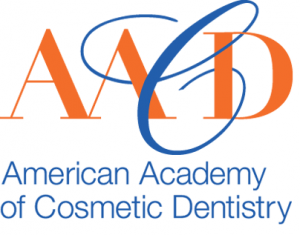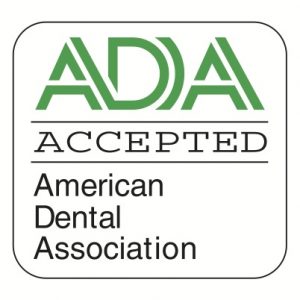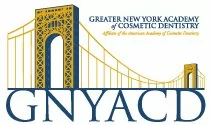In today’s post, we will veer a bit off the beaten path, so to speak, and examine a fascinating dental specialty; forensic dentistry. The official term for the use of dentistry in criminal cases and post mortem identification is forensic odontology. These experts are rarely recognized but play an integral role in crime and disaster investigations.
Dental X-rays, dentures, and bite marks are all used to provide clues about the victim’s identity and/or the manner of death. A person’s teeth are as singular as fingerprints and can often tolerate forces such as fire, explosions, submersion in water, and natural decay without being destroyed.
Identifying One Victim
Identifying a victim through dental records is aided immensely when authorities have narrowed down a group of suspected victims to just a few people (or, ideally, just one) and can consult the dentists who had treated them. When the identity is totally unknown, a forensic dentist combs other databases such as those maintained by the armed forces and prisons.3
“Dental identifications are so much quicker and so much less expensive than DNA.” -Dr. Mark Bernstein, dentist and forensic dental consultant1
Identifying Hundreds of Victims
While identifying one victim of a homicide or accident can be more or less straightforward, natural disasters, plane crashes, and other large-scale tragedies are exponentially more complicated.
According to Dr. Jeffrey Burkes, chief forensic dental consultant for the 9/11 attacks, over 140 dentists labored to identify the fragments of remains that were recovered from the scene of the terrorist attacks. The identification effort was an inordinately painstaking and complicated process. First, the dentists were organized into four teams. The Go Team gathered evidence from the scene, the Antemortem Team analyzed existing dental records of assumed victims, the Postmortem Team X-rayed the salvaged dental evidence, and the Comparison Team compared the X-rays of the remains of unidentified victims to the records of missing people presumed to have been at the scene.2
“Dentistry fulfills one of its most important social, moral, and professional obligations by applying its unique knowledge and expertise to the task of identifying countless persons who are tragic victims of fires, catastrophes, disasters, and homicides.”3
We hope this post was informative and shined some light on another way modern dentistry is being used.
1Ashley Hayes, “How authorities identify a burned body,” CNN, February 13, 2013, http://www.cnn.com/2013/02/13/health/burned-body-id/, accessed February 20, 2017
2James Berry, Clayton Luz, Arlene Furlong, Craig Palmer, “Forensic Dentistry: Identifying the Victims of 9/11” Dental Practice Management, December 1, 2001,http://www.oralhealthgroup.com/features/forensic-dentistry-identifying-the-victims-of-9-11/, accessed February 20, 2017
3Dr. Vincent Funaro, “Charts, Radiographs, Study Models: A Forensic Trilogy, January 1, 2006, Dentistry Today, http://www.dentistrytoday.com/forensic-dentistry/1159-, accessed February 20, 2017
Contact The Dental Design Center – Ira J. Handschuh, D.D.S.:
914-683-5898
Location (Tap to open in Google Maps):
280 Dobbs Ferry Rd Ste 104
White Plains, New York
10607







